THE VEGETABLE GARDENERS BOOK OF BUILDING PROJECTS FROM THE EDITORS OF STOREY PUBLISHING
FROM THE EDITORS OF STOREY PUBLISHING
THE VEGETABLE GARDENERS BOOK OF BUILDING PROJECTS
Raised Beds Cold Frames Compost Bins
Planters Plant Supports Trellises
Harvesting and Storage Aids Projects designed and built by Kevin Ayer
Text edited by Cindy A. Littlefield
Photography by John Gruen
 The mission of Storey Publishing is to serve our customers by
The mission of Storey Publishing is to serve our customers by
publishing practical information that encourages
personal independence in harmony with the environment. Edited by Gwen Steege
Art direction and book design by Mary Winkelman Velgos Photography by John Gruen
Photo styling by Lisa Newman
Illustrations Michael Gellatly Indexed by Nancy D. Wood 2010 by Storey Publishing, LLC All rights reserved. No part of this book may be reproduced without written permission from the publisher, except by a reviewer who may quote brief passages or reproduce illustrations in a review with appropriate credits; nor may any part of this book be reproduced, stored in a retrieval system, or transmitted in any form or by any means electronic, mechanical, photocopying, recording, or other without written permission from the publisher. The information in this book is true and complete to the best of our knowledge. All recommendations are made without guarantee on the part of the author or Storey Publishing.
The author and publisher disclaim any liability in connection with the use of this information. Storey books are available for special premium and promotional uses and for customized editions. For further information, please
call 1-800-793-9396. Storey Publishing
210 MASS MoCA Way
North Adams, MA 01247
www.storey.com Printed in the United States by Courier
10 9 8 7 6 5 4 3 2 1 Library of Congress Cataloging-in-Publication Data The vegetable gardeners book of building projects / by the Editors of Storey Publishing.
p.cm.
Includes index.
ISBN 978-1-60342-526-1 (pbk. : alk. paper)
1.
GardeningEquipment and supplies. 2. Garden ornaments and furniture.
3. Vegetable gardening. I. 
CONTENTS
CREATING A WELL-BUILT GARDEN
Like most chosen pastimes, gardening is inherently rewarding.

CONTENTS
CREATING A WELL-BUILT GARDEN
Like most chosen pastimes, gardening is inherently rewarding.
It inspires creativity from the moment you start planning the plot; it provides enjoyable outdoor exercise while you tend seedlings and vines; and it culminates in a deep sense of satisfaction when you harvest and feast on juicy tomatoes, crunchy beans and peas, and all the other fresh vegetables your plantings bear. Still, as with any labor of love, having the proper tools and equipment goes a long way toward keeping the joys of gardening in the forefront. Be it a cold frame for getting a jump on the season, a rack for storing rakes and shovels, or a sturdy, lightweight box for gathering newly picked produce, the right prop can save you time, effort, and frustration. In this book youll find plans for 39 woodworking projects that fit the bill. Many are meant to be used specifically in or for the garden. Others (birdhouses and feeders, lawn chairs, and a bench-style swing) are designed to complement it by transforming your yard into a haven for wildlife and a place to sit back and survey your handiwork at the end of the day.
While some of the projects can be made easily by beginning woodworkers in a couple of hours, some will provide satisfying challenges for more experienced craftspeople. To ensure success, all the plans feature a shopping list of materials (including the types and lengths of wood youll need to request at the lumberyard) and step-by-step illustrated instructions for cutting the boards and assembling the pieces. In addition, throughout the book youll find helpful building tips pertaining to specific projects. Before getting started, take a few minutes to read the following general woodworking advice. And if a question crops up during the building process, dont be afraid to run it by a local craftsperson or trade-school teacher you may know. Many people versed in woodworking are happy to share their knowledge.
You can probably find a lot of answers and tips online as well. By the time youve completed a project or two, you just may discover that you have a brand-new hobby. 
Tools and Materials
Using the right tools for each woodworking project lets you work efficiently and ensures the best results. The same holds true for materials. Good-quality exterior hardware, for example, will hold up for a long time, making it well worth the investment.
POWER TOOLS VERSUS HAND TOOLS
While you can make most cuts with hand tools in a pinch, power tools certainly make the job easier and more efficient.
POWER TOOLS VERSUS HAND TOOLS
While you can make most cuts with hand tools in a pinch, power tools certainly make the job easier and more efficient.
For example, using a power miter saw allows you to set the desired angle and cut a bunch of balusters in much less time, and more accurately, than if you were to mark the angle on each board individually. You can build most of the projects in this book using a circular saw (preferably one with a rip guard), but a table saw is ideal. And for curved cuts a jigsaw makes for an easier job than a coping saw would. A jigsaw can also be used in lieu of a circular saw, which may be intimidating to use for beginners. One tool you wont want to be without is a power drill, corded or cordless (which is convenient but not as powerful as a plug-in style).
BLADES
When cutting wood, remember that sharp saw blades are easier to use and cut straighter than dull ones.
Using a dull blade (be it on a handsaw or a power saw) can actually be dangerous because you have to apply more force than is ordinarily necessary to push it through the wood. The same applies to chisels and utility knives.
SQUARES
When building, a square is indispensable. The classic carpenters square is a large L-shaped piece of aluminum or steel and is particularly handy for large-scale projects. A combination square is smaller but more versatile, with a sliding ruler that can be used to mark 45 and 90 angles. A speed square can also come in handy for some projects.
It is triangular in shape and pivots so you can mark any angle. Using a carpenters square to mark your cuts will ensure they are straight. 
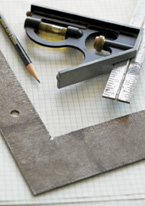
Next page

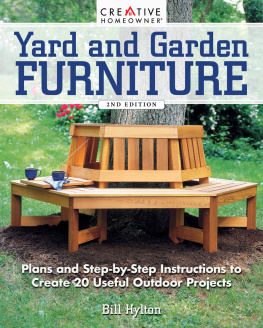
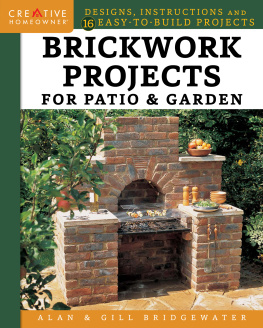
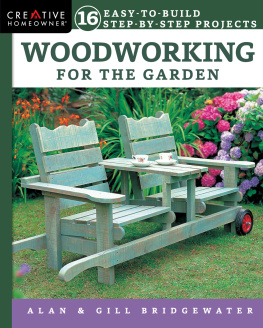
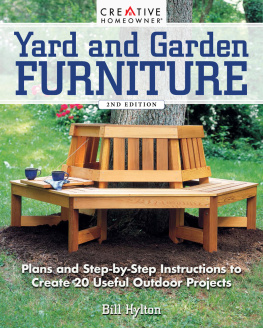
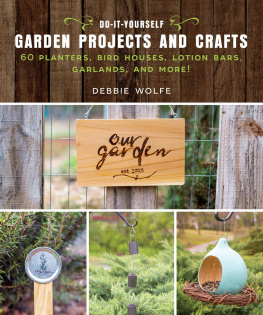
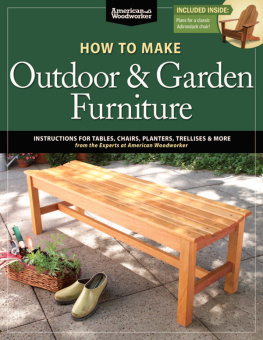
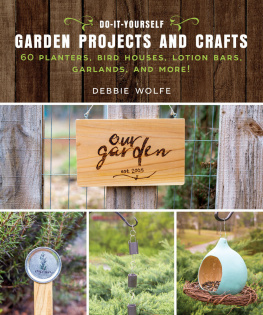
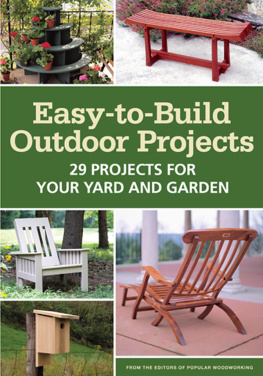

 FROM THE EDITORS OF STOREY PUBLISHING
FROM THE EDITORS OF STOREY PUBLISHING The mission of Storey Publishing is to serve our customers by
The mission of Storey Publishing is to serve our customers by


